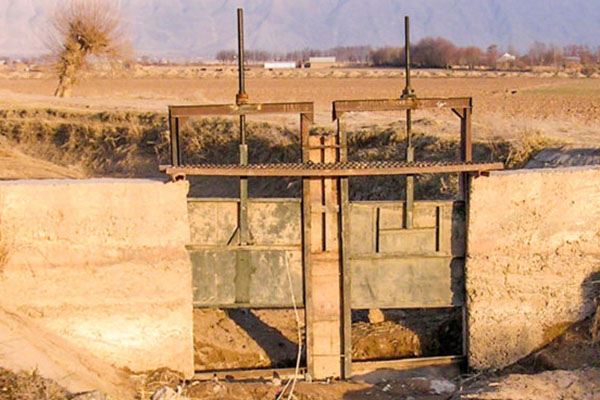
Taking a Big Picture Look at Water Security
Why water infrastructure isn't always the answer.
As the world faces drought, floods, water pollution and other risks, countries often respond by building infrastructure — anything from community pumps to large-scale dams. But while these infrastructure solutions provide short-term benefits, they often fail to deliver long-term water security. The Sustainable Water Partnership (SWP) offers robust, big picture solutions to water problems — ones that often include, but never rely on, infrastructure.
As SWP Director Eric Viala explains, infrastructure solutions alone are seldom sustainable. “Once a community has a nice pump, how is it going to generate the income to maintain the pump, or to replace it when it breaks down?” Unless infrastructure is bolstered by activities that support livelihoods, it’s only a temporary fix – one that will eventually aggravate the community’s financial burden.
Institutional weaknesses, especially in governments, also pose a problem for infrastructure. “When a system breaks down, the project that has built the system is long gone. So who is supposed to repair it?” Viala asks. “If the community doesn’t have the funding and doesn’t know how to do it, it’s supposed to be the government.”
But unenforced laws, ineffective water policies, unclear responsibilities, and lack of accountability can all hamper government’s ability to solve water problems — which once again leaves communities in need. SWP can offset these problems by empowering local governments to invest in the water security improvement process, but relying on infrastructure alone can trap communities in a cycle of water insecurity.
Infrastructure solutions are also more likely to affect water users outside the target community. “All water users cross-impact each other,” Viala says. “If you build a series of wells to tap into an aquifer, at some point all those wells are going to start depleting the aquifer, and that will impact, for example, people using a spring downstream to drink or to grow their crops.” Infrastructure fails to deliver water security when it fails to consider all water users – including those downstream.
Water problems are what development professionals call “wicked” problems – difficult to evaluate and difficult to solve. While successful solutions might include infrastructure, that can’t be the end of the story.
“You have to have the big picture in mind,” says Viala. “Water security is about the bigger picture.”
To learn more about how SWP addresses these issues, check out Toolkit #1 here.
Related Projects

